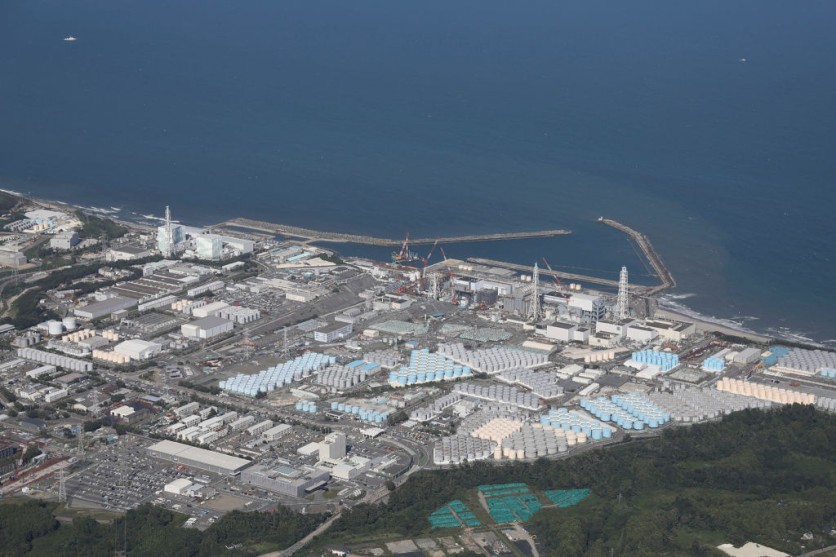Japan's Fukushima nuclear power plant initiated the release of a second batch of treated radioactive wastewater into the ocean on Thursday.
According to the Associated Press, this follows the successful conclusion of the first round of discharges. Tokyo Electric Power Company Holdings (TEPCO), the plant's operator, has confirmed that the process began smoothly.

Fukushima Nuclear Power Plant's Second Release of Wastewater in Japan
The controlled release involves a careful mixing of treated water with significant quantities of seawater, which is then gradually channeled into the ocean through an underground tunnel.
Despite the necessity emphasized by TEPCO and the Japanese government, the wastewater discharges have faced significant opposition from fishing communities and neighboring nations, most notably South Korea, where widespread protests have taken place.
China has gone as far as implementing a complete ban on imports of Japanese seafood, dealing a severe blow to the country's seafood industry.
The initial release of wastewater took place from August 24 to September 11, with TEPCO disclosing the discharge of 7,800 tons of treated water from ten tanks. The ongoing second discharge aims to release an additional 7,800 tons over a period of 17 days.
Currently, the Fukushima plant houses approximately 1,000 tanks containing a total of 1.34 million tons of radioactive wastewater. This accumulation traces back to the devastating earthquake and tsunami in 2011, which caused extensive damage to the facility.
Both TEPCO and government authorities asserted that releasing the water into the ocean is an unavoidable step. It is primarily driven by the imminent limitations in tank capacity and the need for space as the plant embarks on a decommissioning process projected to extend over several decades.
The treatment procedure was crafted to lower the levels of radioactive materials to what is considered safe. Following this, it underwent a dilution with seawater, rendering it considerably safer than what international safety standards mandate.
Nevertheless, some experts argue that the continuous release of low-level radioactive substances is an unprecedented event that needs careful and ongoing monitoring.
China's Ban on Japanese Seafood
In light of China's ban on Japanese seafood, the Japanese government has established a relief fund to find new markets and lessen the impact on local seafood producers.
Additional measures include the temporary procurement, freezing, and storage of seafood and an initiative to strengthen domestic seafood sales. TEPCO is tasked with offering compensation for the harm to the region's seafood industry's reputation due to the release of wastewater.
According to AP, the process for filing compensation claims has recently been set in motion, resulting in a significant influx of inquiries. Most claims stemmed from the consequences of China's seafood ban and the subsequent surplus in the domestic market, leading to price drops.
The International Atomic Energy Agency has assessed the safety of the wastewater release and determined that if executed according to the plan, it would result in a minimal impact on the environment, marine life, and human health.
Related Article : Microplastics Found in Clouds Could Dangerously 'Modify' Earth's Climate, New Study Reveals

ⓒ 2025 TECHTIMES.com All rights reserved. Do not reproduce without permission.




